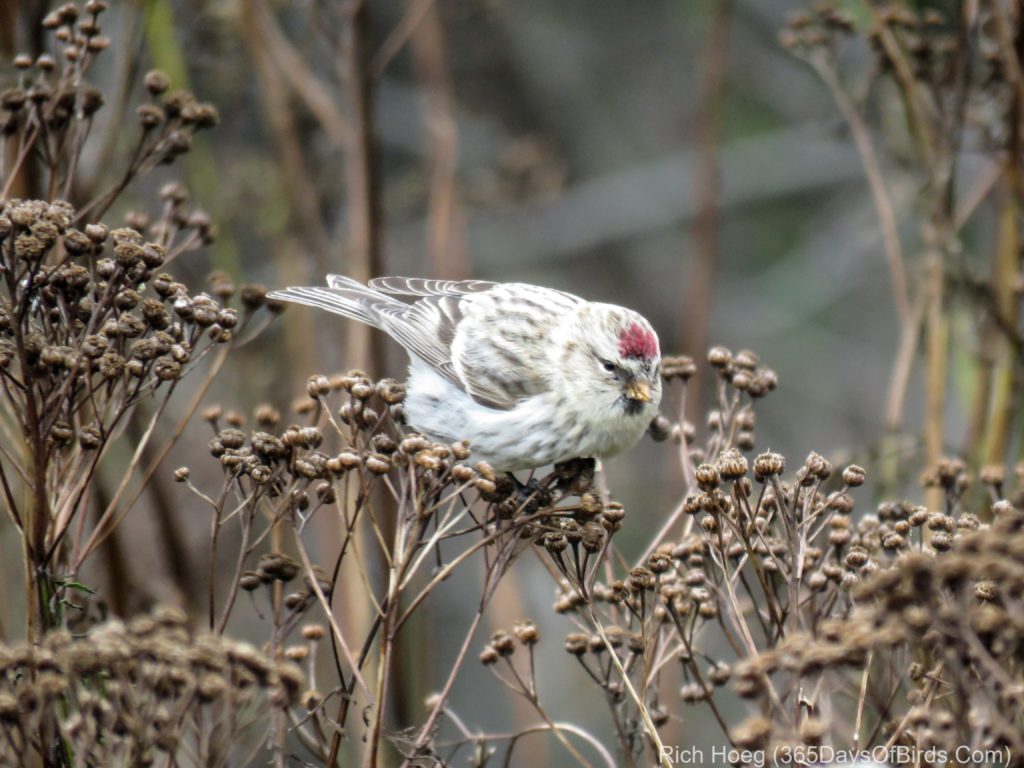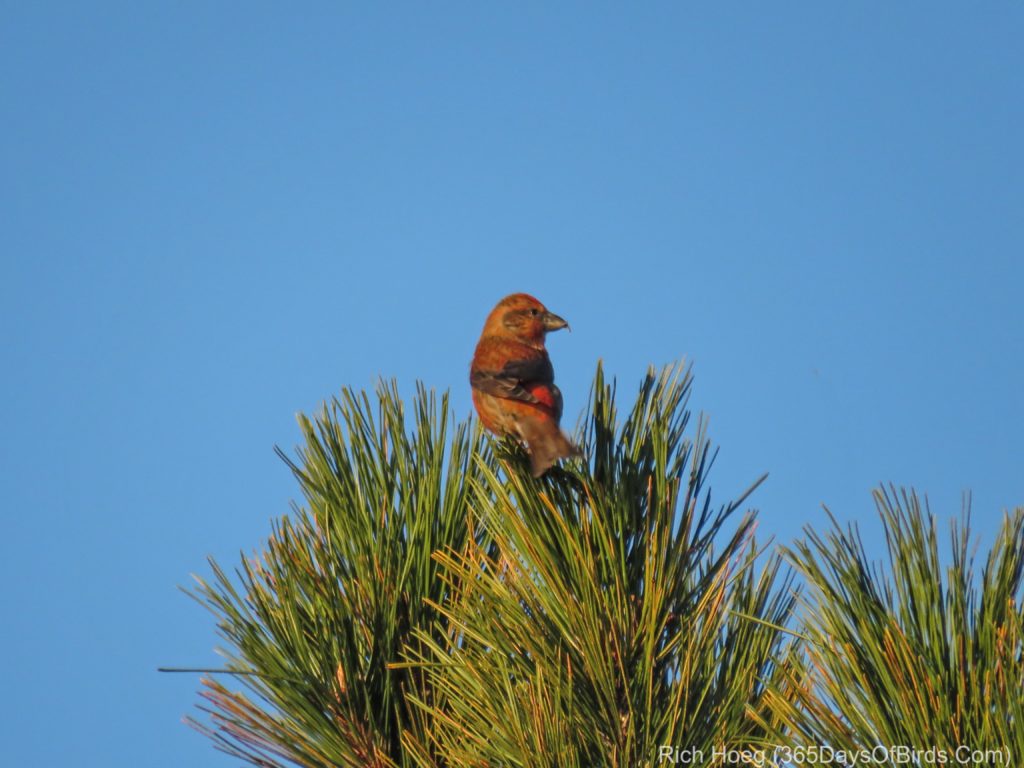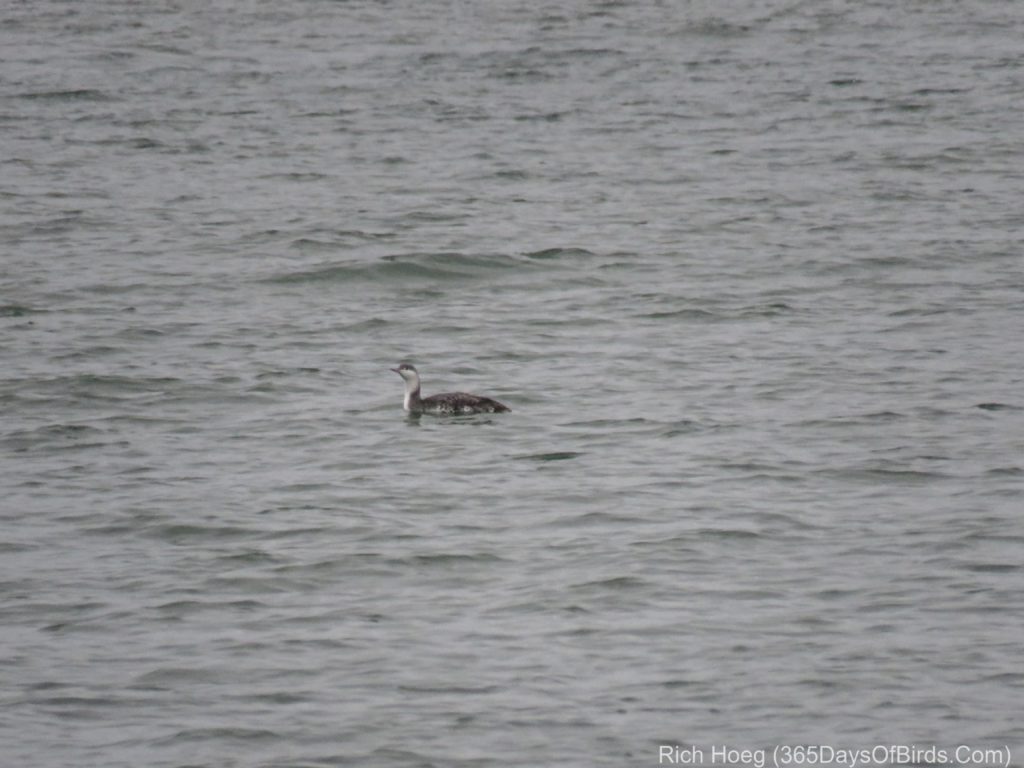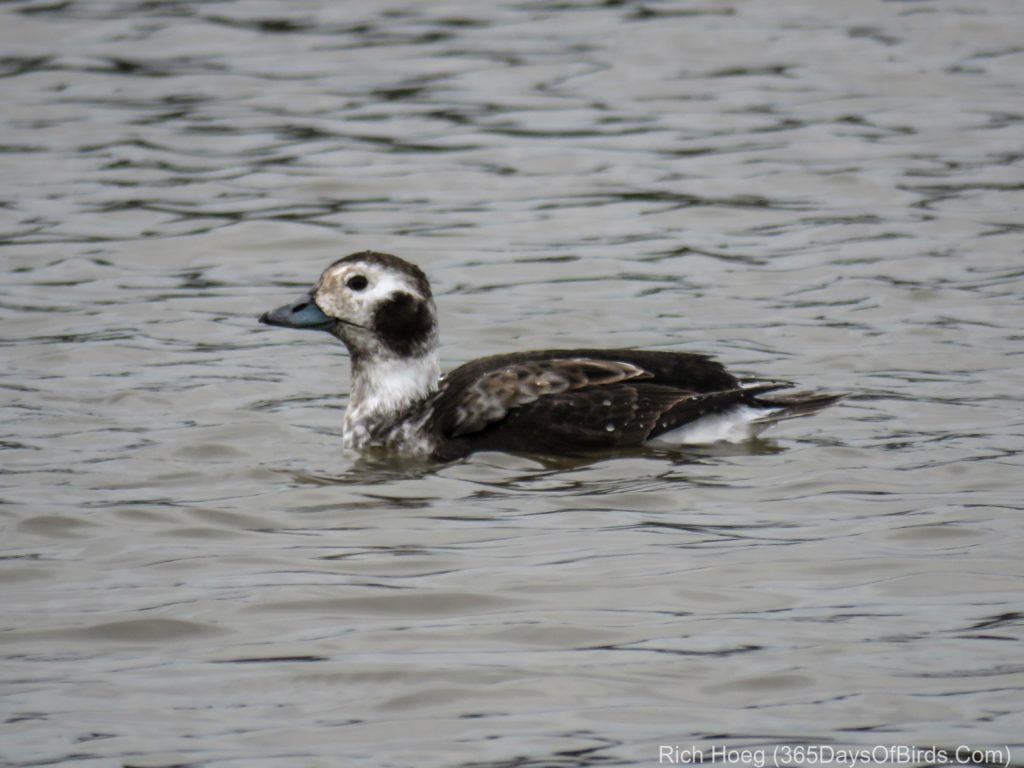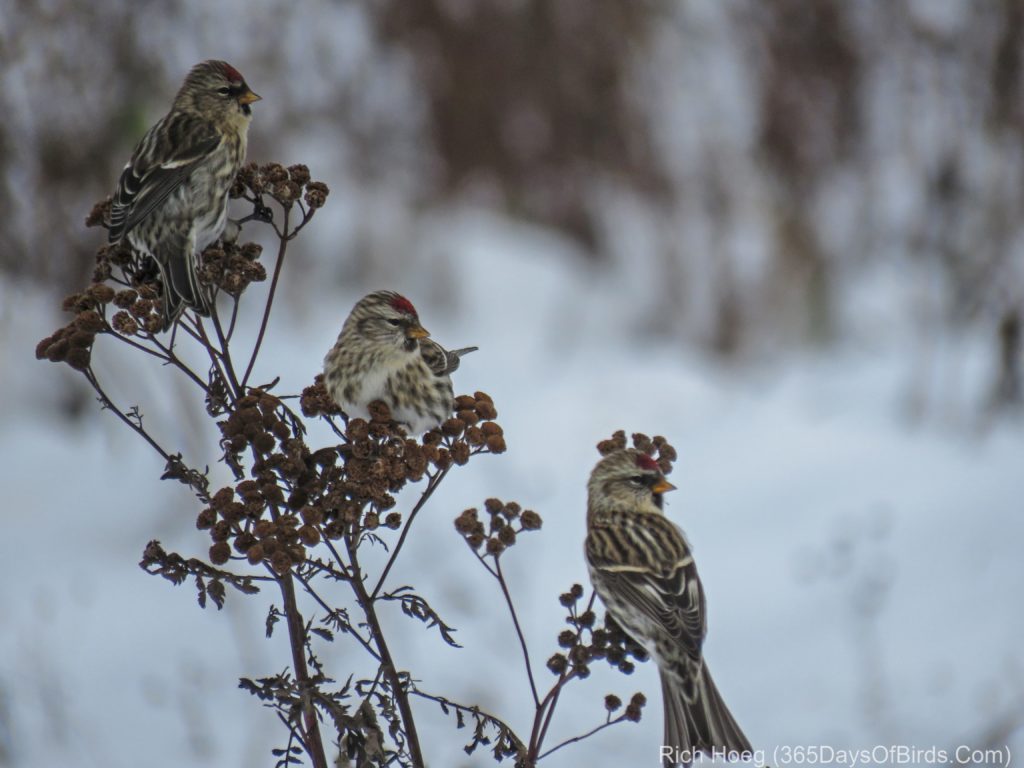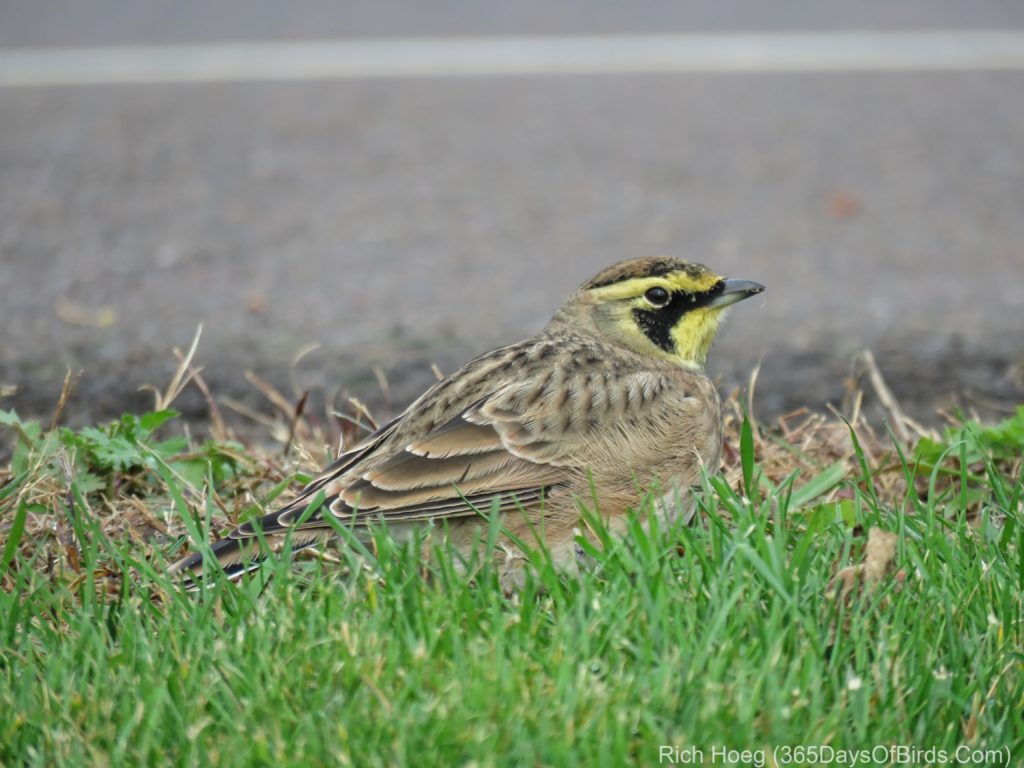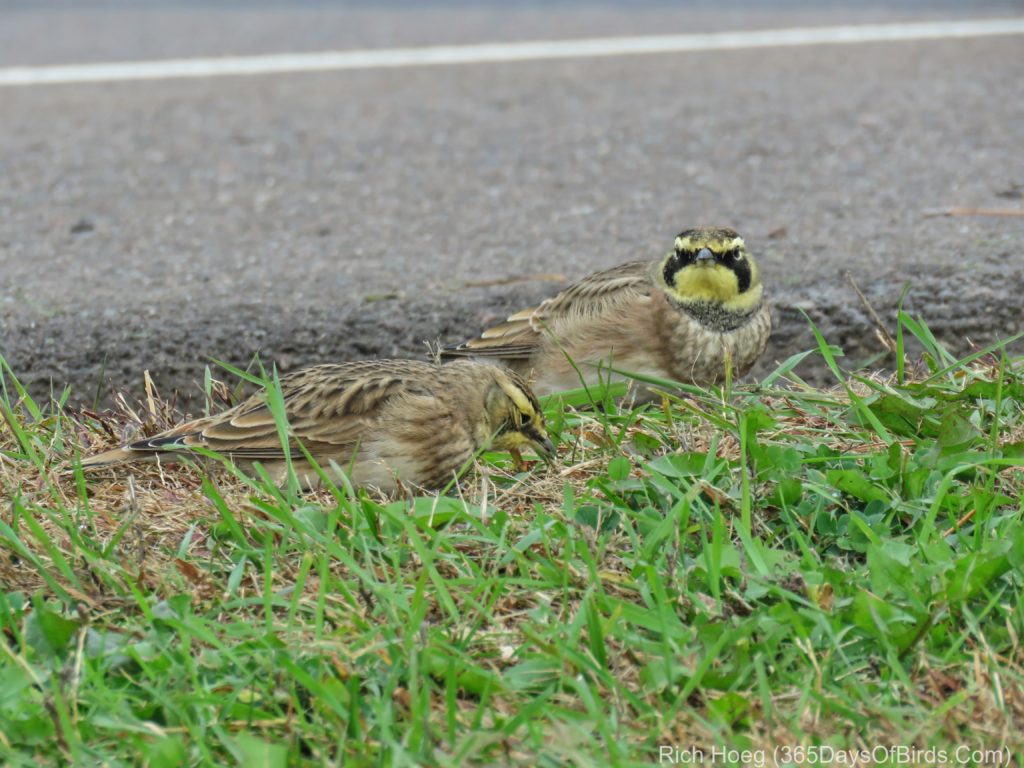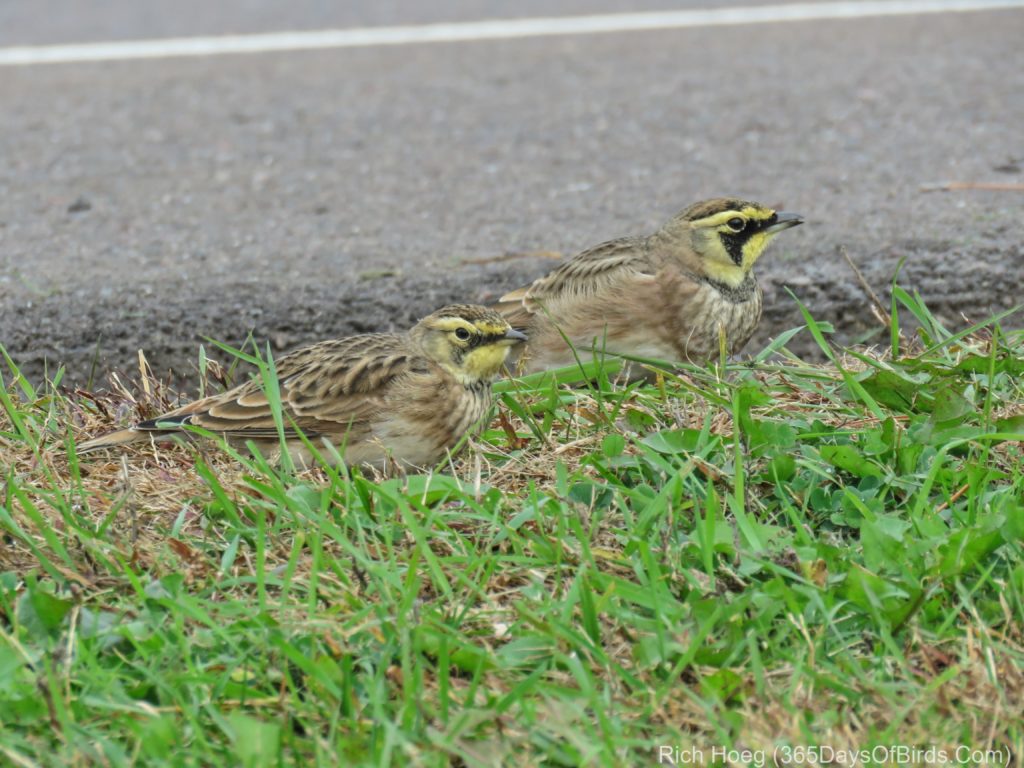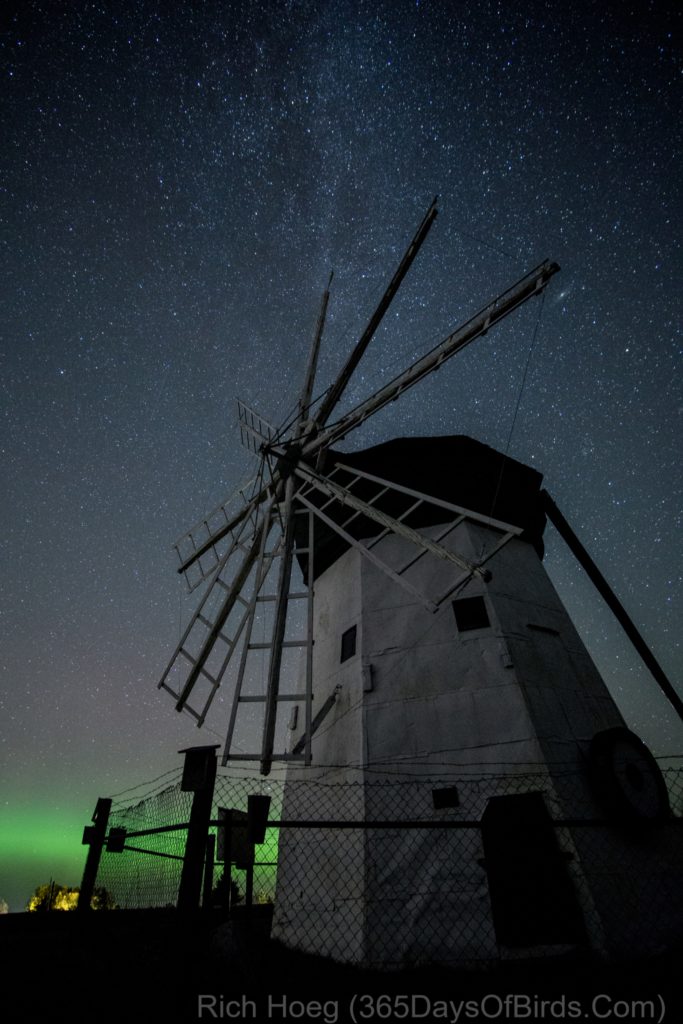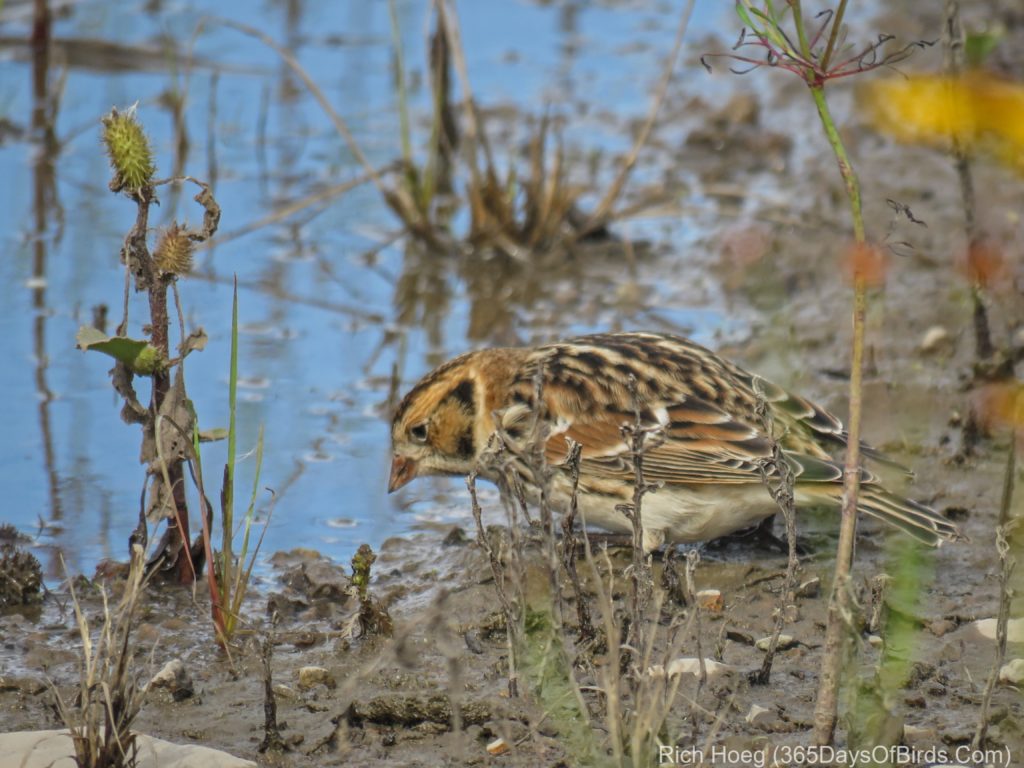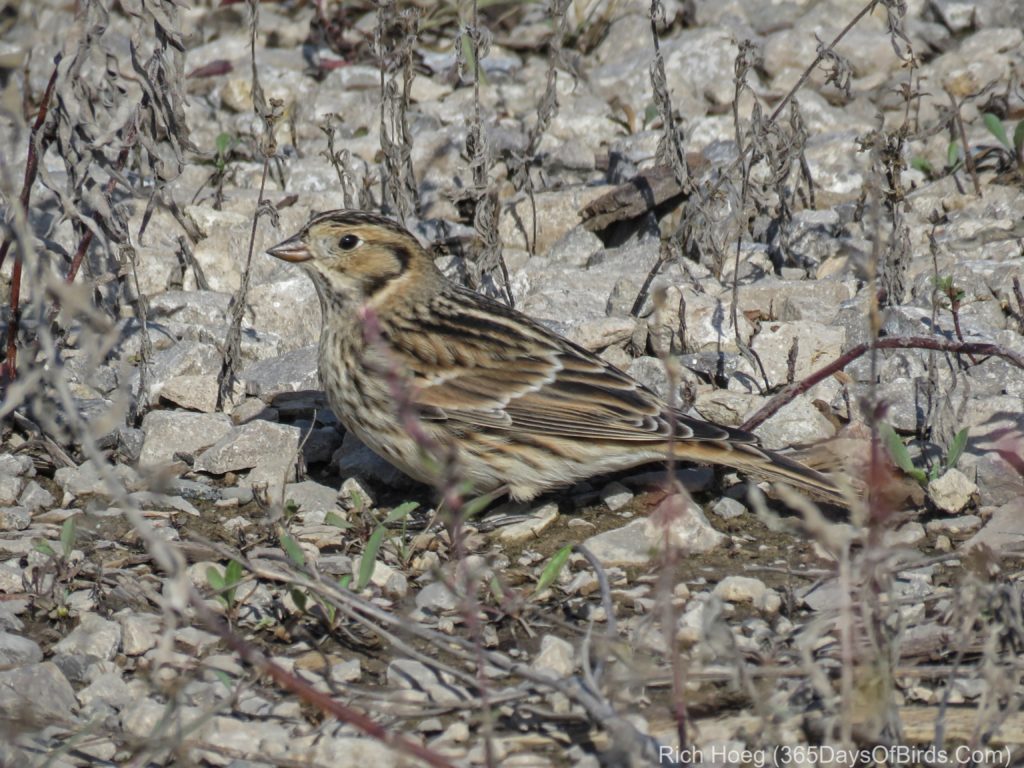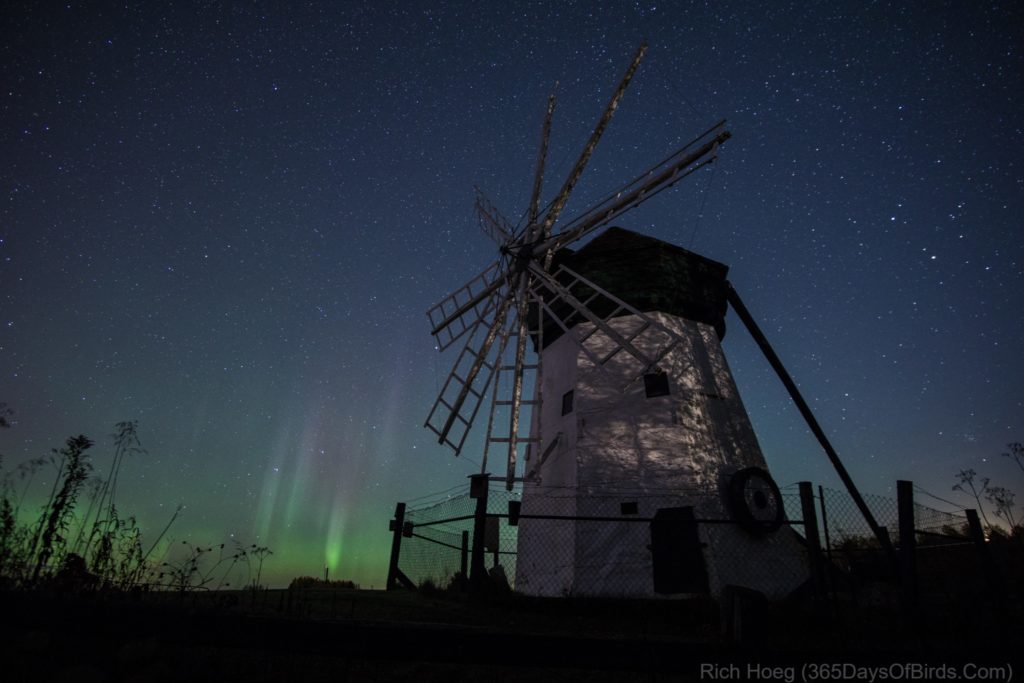These topics might not seem related, and generally they are not, but over the past 48 hours I have had a phenomenal run as a outdoor / wildlife photographer up here in the Northland. I’ll discuss each outing in turn but first mention I am in desperate need of some sleep!
This morning I awoke at 5 am (normal). While eating my bowl of cereal I checked my marine app which gives me the location of every ship on Lake Superior. I noticed that the Saltie, the Eldeborg would be passing under the Duluth Aerial Bridge sometime before dawn. Thus, even though I had been out last night photographing the Northern Lights, and also out during the wee hours of the previous night for another Aurora display, I quickly got dressed and grabbed my camera.
Arriving on site at Canal Park I turned on my camera, ready to photograph the freighter passing through the Duluth Ship Canal. Suddenly I notice my camera’s LCD screen was flashing “No Card, No Card”. Arrrgh! I realized that when I had arrived back from photographing the Northern Lights last night, after transferring the images to my computer, in my tired state, I forgot to put my simm card back in my Sony A6000.
I looked down the Canal, and I hoped that if I ran fast … completing my fastest 800m dash since junior high, I grabbed another simm card out of my card and ran back to my planned POV. I made it with about five seconds to spare, just beating the ship to my spot. This image was the result.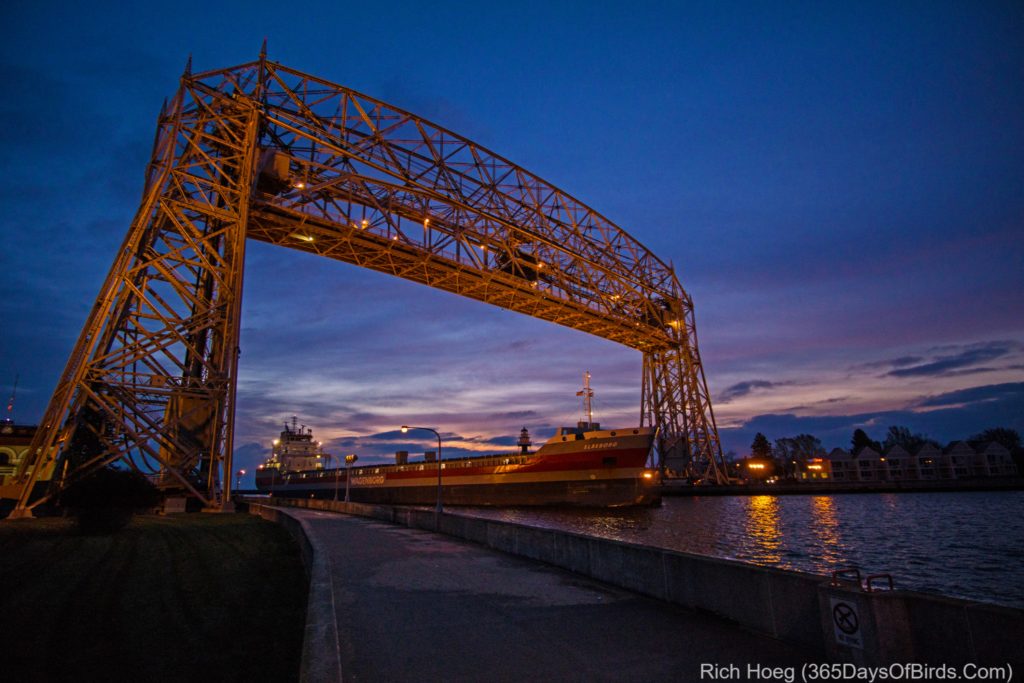
Why did I photograph a ship at dawn this morning? There are two answers:
- I am a boy, and I love boats!
- The Northern Lights display that has been active over the past 48 hours, finally calmed down
Yes, over the past two nights I have spent a significant amount of time at Stewart Lake, which is a wilderness lake ten miles north of Two Harbors, Minnesota. Each trip to the lake has been different. In this first image, I photographed the Aurora Borealis under an almost full moon at 4:45 am. The moonlight was so intense it washed out most of the Northern Lights display, but provided great lighting for this composition.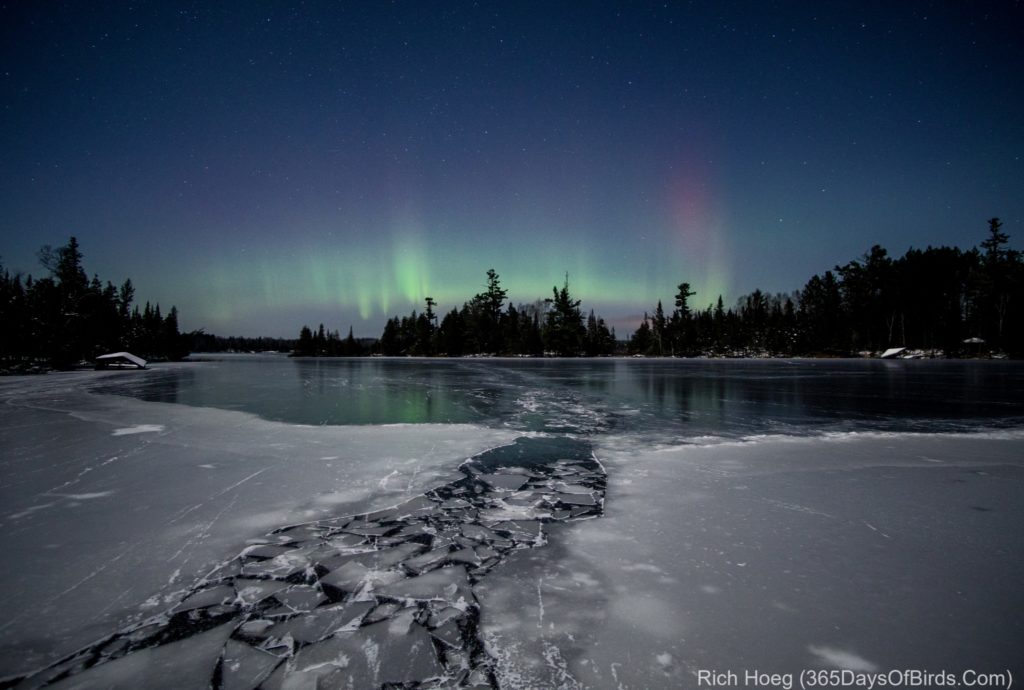
Later the same day, yesterday night, I returned to the same location. I timed my arrival to get to Stewart Lake well after dark, but before the moon rose. Lady Aurora danced over the frozen lake ice! For over 20 minutes the lights shimmered and danced, easily viewable to the naked eye. The first photo was taken of the Auroral Arc just before the dance began.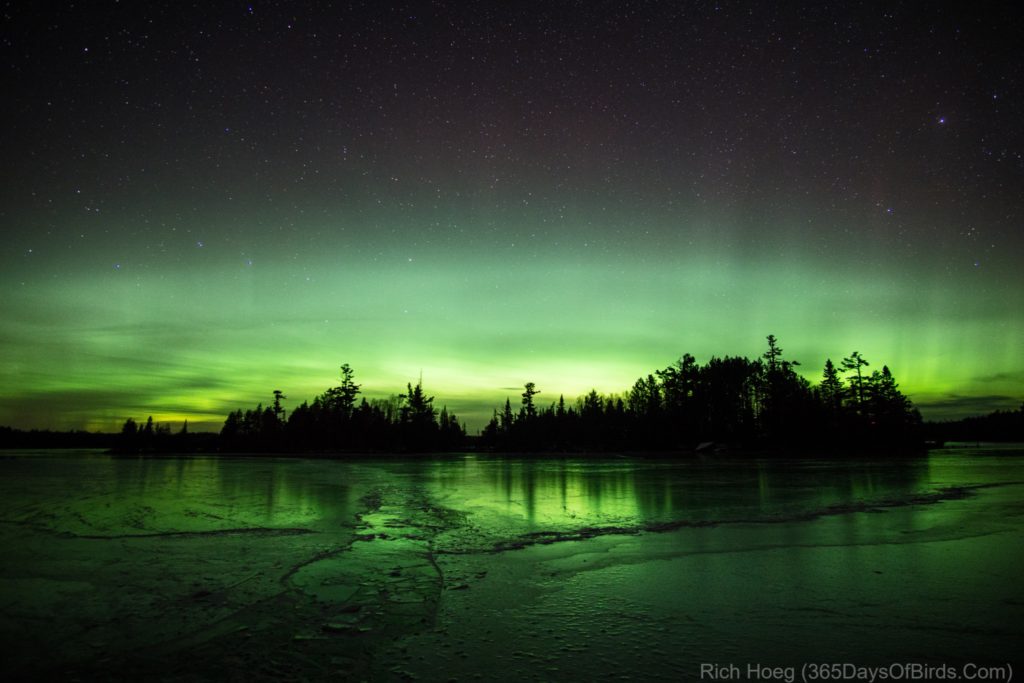
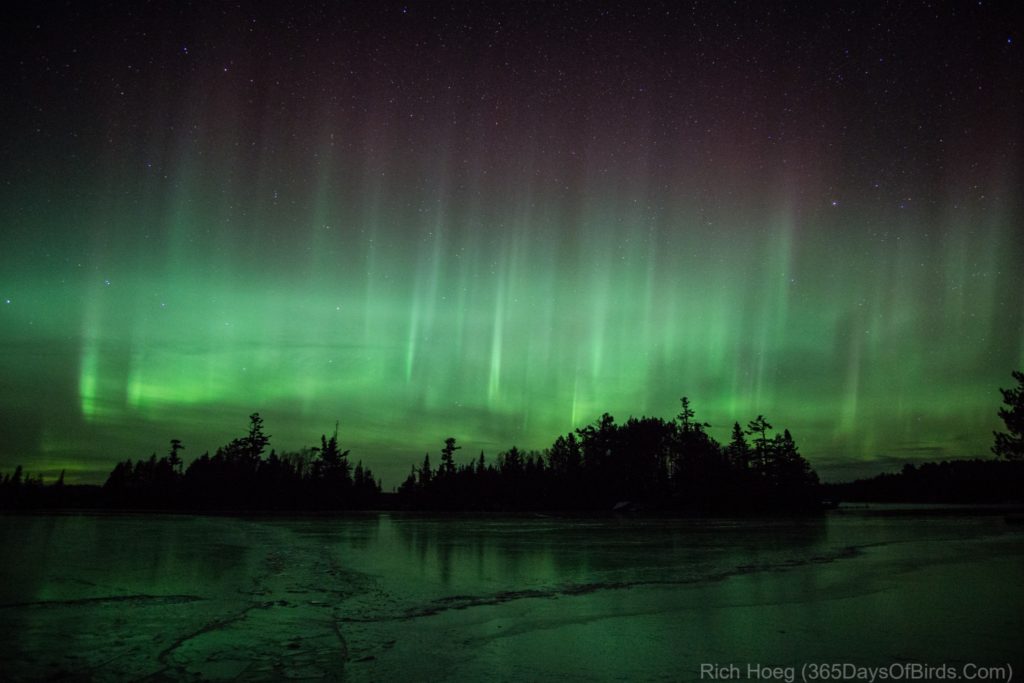
Okay … the blog’s title talks about birds, and my outings have not neglected our fine feather friends. Over the past two weeks the number of Arctic birds which have appeared in NE Minnesota has been amazing. Quite a few Snowy Owls have already been seen, including by me. Given it is only November 8th, the numbers of Snow Owls is very unusual. Normally, we might start to see Snowies sometime after the 1st of December. The numbers of Rough-Legged Hawks, Redpolls, and Pine Siskins have been huge. Hawk Ridge recorded the largest number of Roughies ever seen anywhere in North America during the Fall migration. Personally, I am beginning to wonder if the winter of 2017 / 2018 will be an irruption year.
Here are just a few photographs from the past several days:
